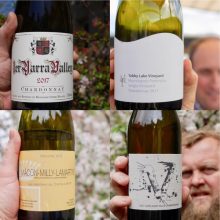
Product information
Exploring Aussie Chardonnay with a Lafon thrown in!
Chardonnay from Milly-Lamartine, Mâcon, France, Adelaide Hills, South Australia, Mornington, Yarra Valley, Victoria, Australia
Original price was: $197.$180Current price is: $180.
Description
A fantastic opportunity to try 4 excellent Chardonnays. 3 from Australia and 1 from the legendary Dominique Lafon’s project in the Mâcon. We’ll explore the main factors at play in Chardonnay’s evolution in Australia as well as making your taste buds very happy!
Out of stock

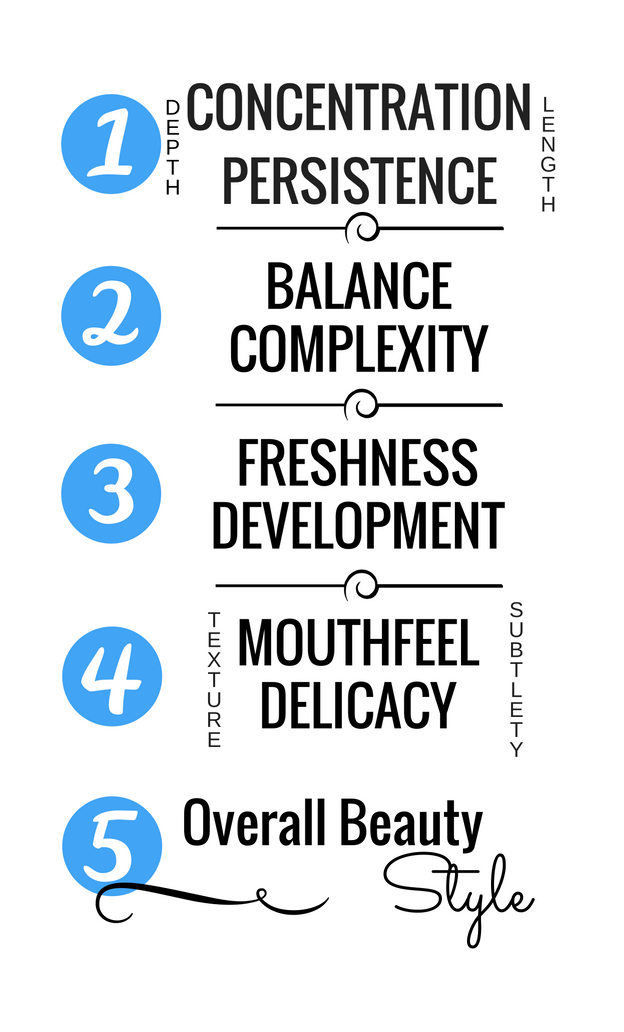
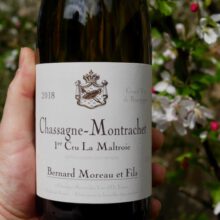
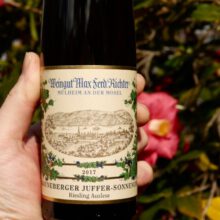
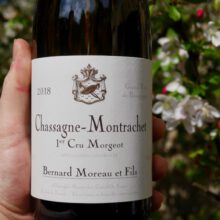

You must be logged in to post a comment.